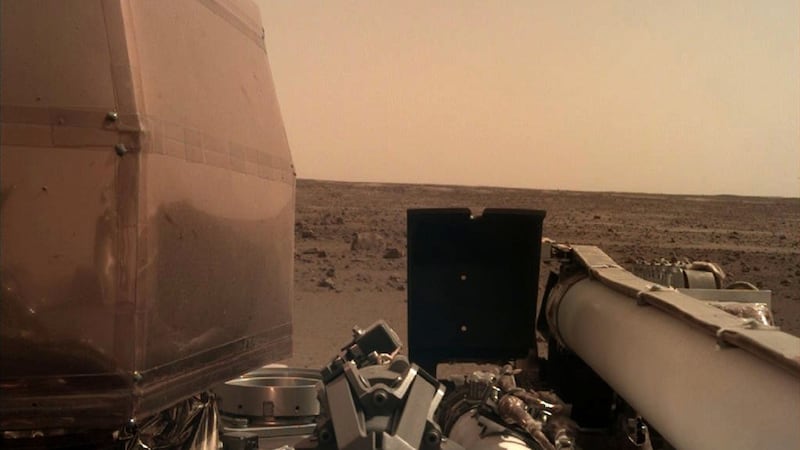An American spacecraft has successfully reached Mars after almost seven months travelling through space, allowing scientists to understand more about the planet’s interior.
The InSight lander touched down on Mars just before 8pm GMT, surviving the so-called “seven minutes of terror” – a tricky landing phase for the robotic probe, travelling at 13,200mph through the planet’s thin atmosphere which provides little friction to slow down.
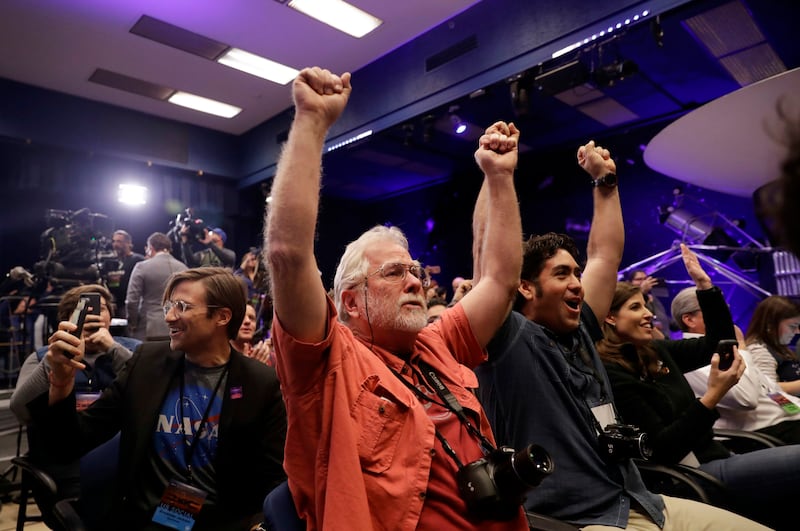
American space agency Nasa’s 814 million dollar (£633 million) two-year mission aims to shine new light on how the Red Planet was formed and its deep structure, by mapping its core, crust and mantle.
InSight arrived on Mars’s Elysium Planitia area north of its equator, described as an ideal spot for its flat, rockless surface.
Aaah…soaking up the Sun with my solar panels. 🌞 After a long flight, and thrilling #MarsLanding, it feels great to get a good stretch and recharge my batteries. (Like, literally.) It’s just what I’ll need to really start getting in tune with #Mars. https://t.co/yse3VEst3G pic.twitter.com/LpsiI0KNNz
— NASAInSight (@NASAInSight) November 27, 2018
It is the first attempt to reach Mars in six years. Only 40% of missions to the planet have succeeded and all have been US-led.
“It was intense, and you could feel the emotion, it was very quiet when it was time to be quiet and of course very celebratory with every little new piece of information that was received,” said Jim Bridenstine, Nasa administrator.
“It’s very different being here than watching on TV by far, I can tell you that for sure now that I’ve experienced both.
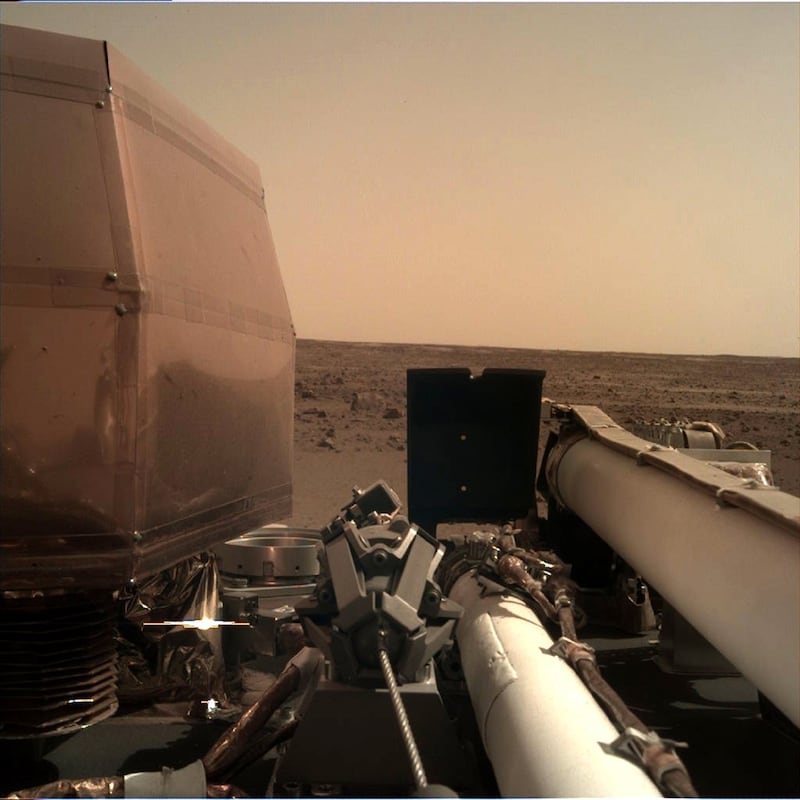
“And then, of course, what’s amazing is as soon as it was over, I got a call on my cell phone and the number was all zeros, and whenever I get a phone call and it’s all zeros it’s got to be somebody important, so I answered it and it was the Vice President (Mike Pence).
“He watched the whole thing, he is absolutely ecstatic about our programme, as you’re aware he’s the chairman of the National Space Council, and he’s been a keen advocate of what we do and to have him call within seconds of mission success is incredible.
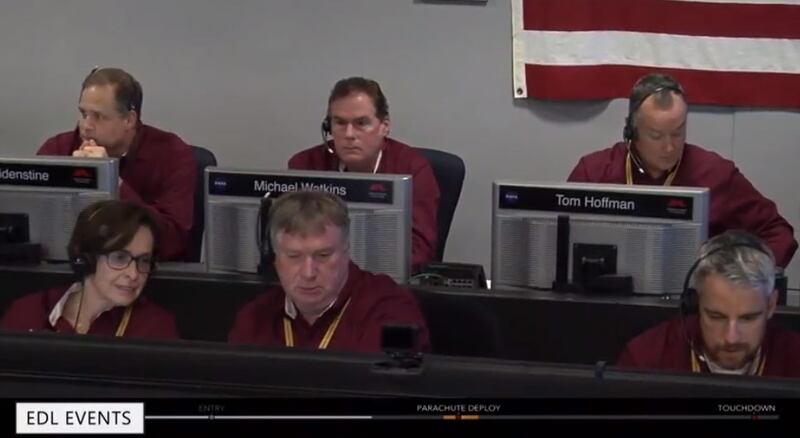
“And just so everybody knows, he wants me to say congratulations to everybody here at Nasa and all of our international partners and everybody who has contributed to this mission, what an amazing day for Nasa.”
Three UK-made seismometer instruments are on board InSight, part of a £4 million UK Space Agency effort to measure seismic waves.
Scientists from Imperial College London and the University of Oxford who created the instruments will be based at Nasa’s Jet Propulsion Laboratory in California to assist with the study, including selecting the best spot for the robot arm to place the seismometer.
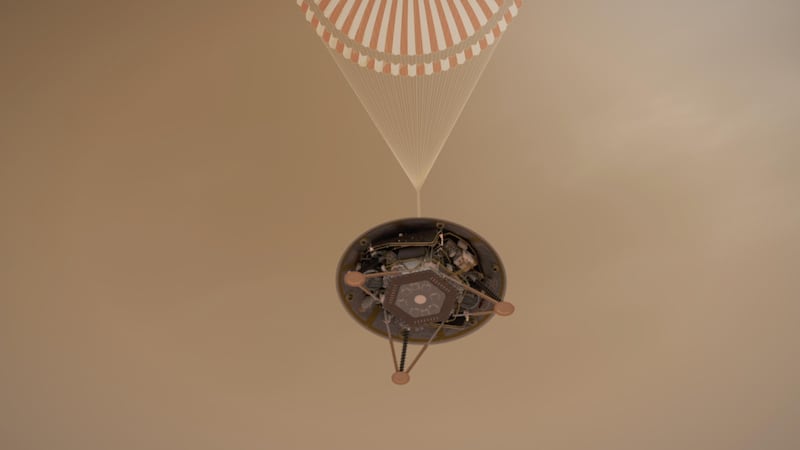
“It is wonderful news that the InSight spacecraft has landed safely on Mars,” said Sue Horne, head of space exploration at the UK Space Agency.
“The UK scientists and engineers involved in this mission have committed several years of their lives to building the seismometer on board, and the descent is always a worrying time.
“We can now look forward to the deployment of the instrument and the data that will start to arrive in the new year, to improve our understanding of how the planet formed.”
A second instrument will burrow five metres into the ground of Mars, measuring the planet’s temperature, while a third experiment will determine how Mars wobbles on its axis.
